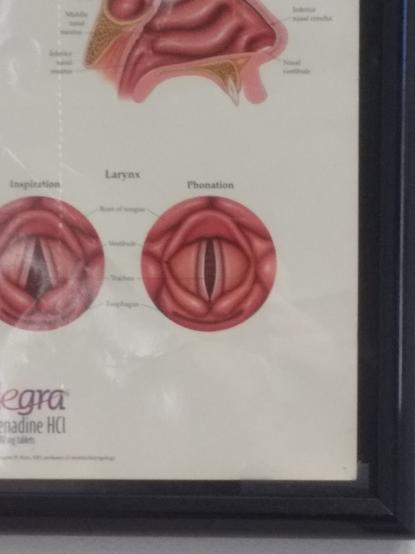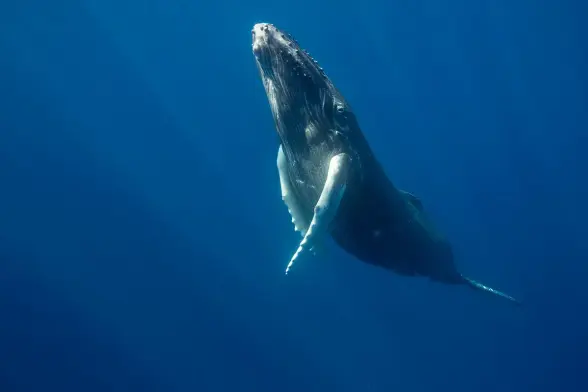(12/12) ... #politique (cf 1997 2005).
=> pathologies complexes décalées dans le #temps +10 ans min via voies respiratoires -> #poumon : dépôt de la poussière invisible d'amiante sur les tissus -> détérioration complète des cellules en voulant les détruire : 1er symptômes sont essoufflements/toux sèche puis déformation des bouts des doigts.
-> #cancer du #larynx #poumons #plevre #mesotheliome
-> #asbestose
#year1993 #climat #climate #anthropocene #climatechange #climatecrisis


